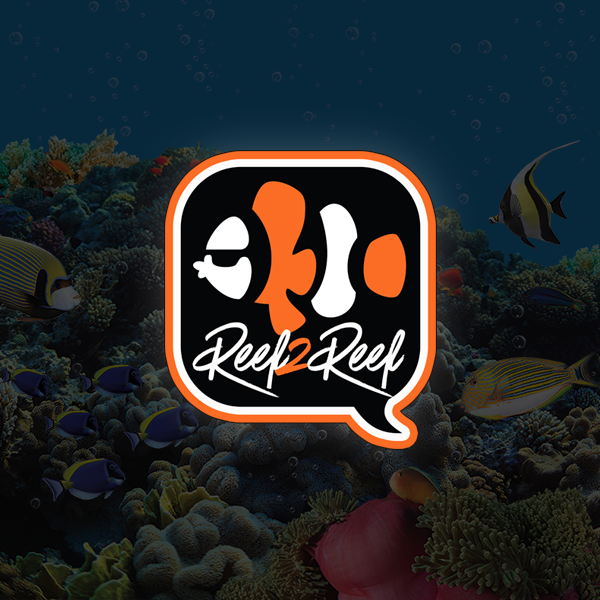So, a bit of a story here;
once upon a time my former coworker ordered a "magnificent biscuit sea star" from somewhere in West Africa. It was supposed to look like this:

Beautiful guy!
However, he came like this:

So my coworker was disappointed, to say the least. Though, this sea star turned out to be extremely hardy (knock on wood) and thrived in our invert system. He lived off of biofilm and seaweed. Eventually, I took a liking to him and brought him home. I was worried that my lack of biofilm would harm him but (knock on wood x2) he's been doing his best with his designated seaweed frag plug I drop in for him whenever he finishes eating the previous one.
I never really gave it much thought, but I was wondering if anyone on here could identify him? It's possible he may just be a low-quality grey biscuit sea star, but my other coworker and I think he's some sort of cushion star. Would greatly appreciate it, as I could also get to know more about his diet and cater to his needs better.

once upon a time my former coworker ordered a "magnificent biscuit sea star" from somewhere in West Africa. It was supposed to look like this:
Beautiful guy!
However, he came like this:
So my coworker was disappointed, to say the least. Though, this sea star turned out to be extremely hardy (knock on wood) and thrived in our invert system. He lived off of biofilm and seaweed. Eventually, I took a liking to him and brought him home. I was worried that my lack of biofilm would harm him but (knock on wood x2) he's been doing his best with his designated seaweed frag plug I drop in for him whenever he finishes eating the previous one.
I never really gave it much thought, but I was wondering if anyone on here could identify him? It's possible he may just be a low-quality grey biscuit sea star, but my other coworker and I think he's some sort of cushion star. Would greatly appreciate it, as I could also get to know more about his diet and cater to his needs better.


















